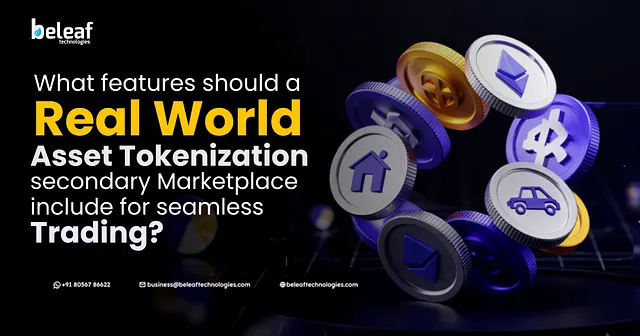Chainlink Price Performance Is Being Outshone As Ethereum Whales Rapidly Accumulate This New Coin
The crypto market rarely stays still, and while some investors are fixated on Chainlink price movements, a surprising contender has emerged to steal attention. Ethereum whales, known for hunting the next big bets, appear to be diversifying away from blue-chip altcoins like LINK in favor of a fresh presale token — Layer Brett (LBRETT).
With its presale price currently at just $0.0058, some analysts suggest the early-stage LBRETT play could run circles around LINK in terms of raw upside potential.
Chainlink Price: Solid Fundamentals But Slow Climb
There’s no denying that Chainlink’s price performance has been one of the most reliable in the oracle sector. The LINK token has powered countless integrations across DeFi protocols, providing real-time data feeds that keep the ecosystem functional. With smart contracts on Ethereum, Polygon, and beyond relying on Chainlink, LINK has carved out a critical role.
However, while utility is unquestionable, investors are beginning to notice that LINK has been slower to produce explosive returns compared to some of its rivals. The Chainlink price may eventually break higher with broader market momentum, but in the short term, whales appear to be looking elsewhere for faster gains.

Why Ethereum Whales Are Buying Up Layer Brett
Here’s where the new player comes in. Layer Brett (LBRETT) is running a $0.0058 presale that has already gained traction thanks to its combination of Ethereum Layer 2 infrastructure and meme coin culture. The project is positioning itself as a high-speed, low-cost L2 with throughput claims of 10,000 transactions per second and gas fees averaging just $0.001. Unlike LINK, which is already a mature asset, LBRETT offers early-stage upside — the exact kind of opportunity large wallets tend to chase.
Whales aren’t just eyeing the tech. The staking rewards still hover at 600% APY, though they’re gradually declining as more participants lock in their tokens. On top of that, a $1 million giveaway adds extra firepower to the presale campaign, turning it into one of the most aggressive plays in the current market.
Chainlink (LINK) vs. Layer Brett (LBRETT): Different Risk Profiles
Comparing LINK with LBRETT highlights the difference between established infrastructure and risk-to-reward speculation. LINK, with its entrenched role in DeFi, offers stability and long-term growth potential. But with whales moving capital into LBRETT at its $0.0058 presale stage, the narrative is shifting toward speed and outsized returns.
NFT and DeFi integrations also give Layer Brett more traction once it launches. While Chainlink price action remains a benchmark for reliability, the speculative buzz forming around LBRETT has traders whispering about potential 100x gains in the next cycle.
Which Play Wins Out?
If your thesis leans toward steady adoption and proven utility, LINK is a strong contender. But if you’re chasing asymmetric upside — the kind whales are clearly interested in — Layer Brett looks like it could be the sharper bet. The presale’s combination of $0.0058 entry, massive staking rewards, and a $1M giveaway has made it one of the most compelling opportunities heading into October.
For now, Chainlink price stability is admirable, but it’s clear that Ethereum whales are already moving their chips toward LBRETT as they believe it can deliver the kind of exponential returns LINK is unlikely to match.
It doesn’t matter if you are not an ETH whale. The Layer Brett presale is running, and you can enter it with ETH or USDT, stake for mega profits, and enjoy the potential 100x expected.
Discover More About Layer Brett (LBRETT):
Presale: LayerBrett | Fast & Rewarding Layer 2 Blockchain
Telegram: View @layerbrett
X: Layer Brett (@LayerBrett) / X

Disclaimer: This is a paid post and should not be treated as news/advice. LiveBitcoinNews is not responsible for any loss or damage resulting from the content, products, or services referenced in this press release.
The post Chainlink Price Performance Is Being Outshone As Ethereum Whales Rapidly Accumulate This New Coin appeared first on Live Bitcoin News.
You May Also Like

CME to launch Solana and XRP futures options on October 13, 2025

Bitcoin Hyper Presale Breaks $18M While Bitcoin Core v30 Upgrade Divides the Community
